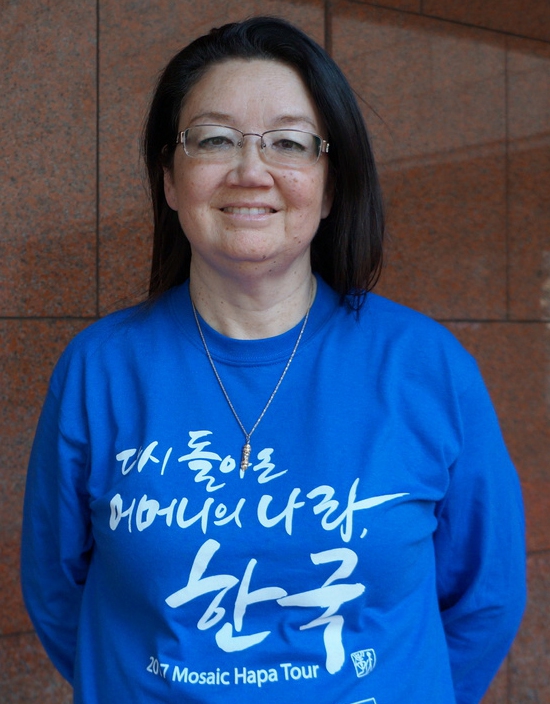Mexican Is Not a RacePosted in Anthropology, Articles, History, Interviews, Latino Studies, Texas, United States on 2017-04-10 02:09Z by Steven |
The New Inquiry
2017-04-06
Chris Chen and Wendy Trevino
Poet Wendy Trevino argues that a radical new Chicanx politics means forging an identity based on shared political struggle, not myths of racial homogeneity–an idea rooted in anarchist struggles along the Texas-Mexican border a century ago
WITH the recent publication of a chapbook of sonnets, Brazilian Is Not a Race, poet Wendy Trevino excavates a history of racial violence at the borders of the U.S. and beyond. The chapbook also describes a childhood spent in the Rio Grande Valley where the narrator is pressured to internalize the social hierarchies that organize daily life in Harlingen, Texas.
Blurring boundaries of polemic and historical description, the poems trace the roots of these social divisions through the legacy of murderous state and settler border violence. But Trevino balances this account with a less familiar counter-history of militant Tejano resistance, embodied in figures like anarcho-syndicalist Ricardo Flores Magón. By presenting both histories, the work shows how border-making congeals racist “commonsense” assumptions over time, and also interrogates fundamentally anti-black and anti-indigenous Latin American state programs to cultivate cultural unity through “race mixing.” Attentive to the emergence of racial hierarchies out of a history of enslavement and the Spanish and English colonization of the Americas, Trevino’s writing returns to an unsettled past where unity is not a precondition for political action, but a product of it…
…CHRIS CHEN. I know Vasconcelos and Gloria Anzaldua have different understandings of the political implications of miscegenation. I’m reminded here of critic Jared Sexton’s account of how Vasconcelos’s version of mestizaje preserves an anti-black and anti-indigenous racial order as a “dream of unequivocally hierarchical global integration” whose “eugenicist impulses and implications are unavoidable, casting long shadows over whatever limited threats it presents to the ‘ethnic absolutism’ of Anglo-Saxon white supremacy.”
WENDY TREVINO. During “nation building” in both Mexico and Brazil, elites promoted strong mestizaje ideologies that imagined the prototypical citizens of each country to be mixed-race, although the imagined mix was different in each country. To say a country or place is racially homogenous because everyone’s a “mix” of the same peoples is to acknowledge existing racial divisions without acknowledging the racial hierarchies from which they stem, and as long as there are prisons, plantations, maquiladoras, favelas, etc., one can only ignore these hierarchies and their relation to the racialization of peoples. This conception of mestizaje can also erase whole groups of people, which became clear to me when I returned to Gloria Anzaldua’s Borderlands and the story of Malinche…
Read the entire interview here.





